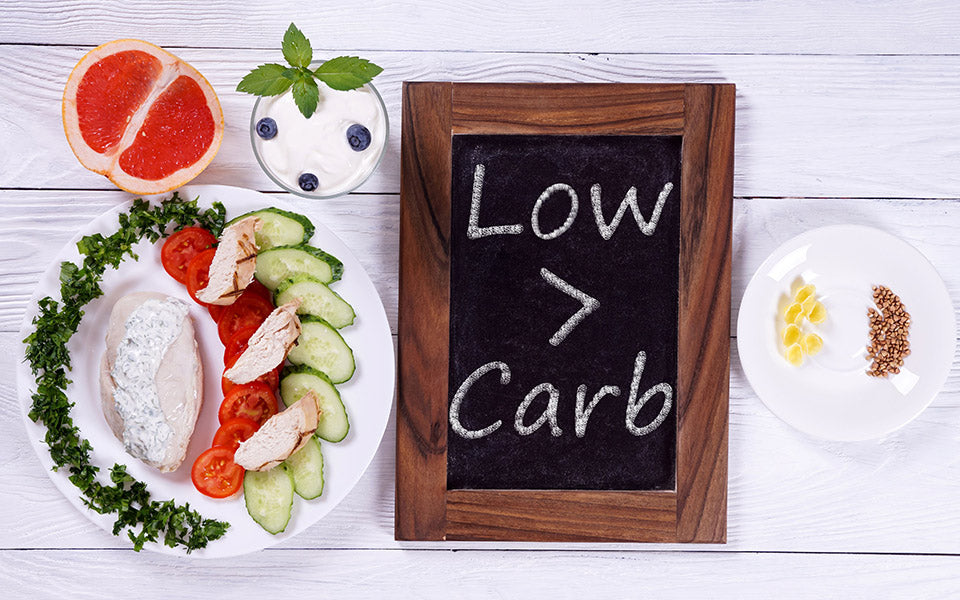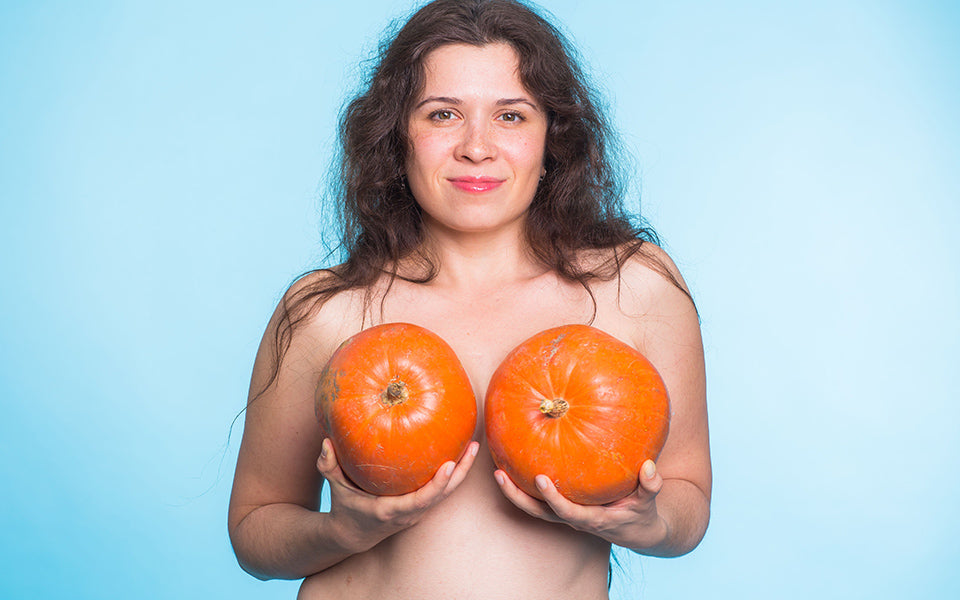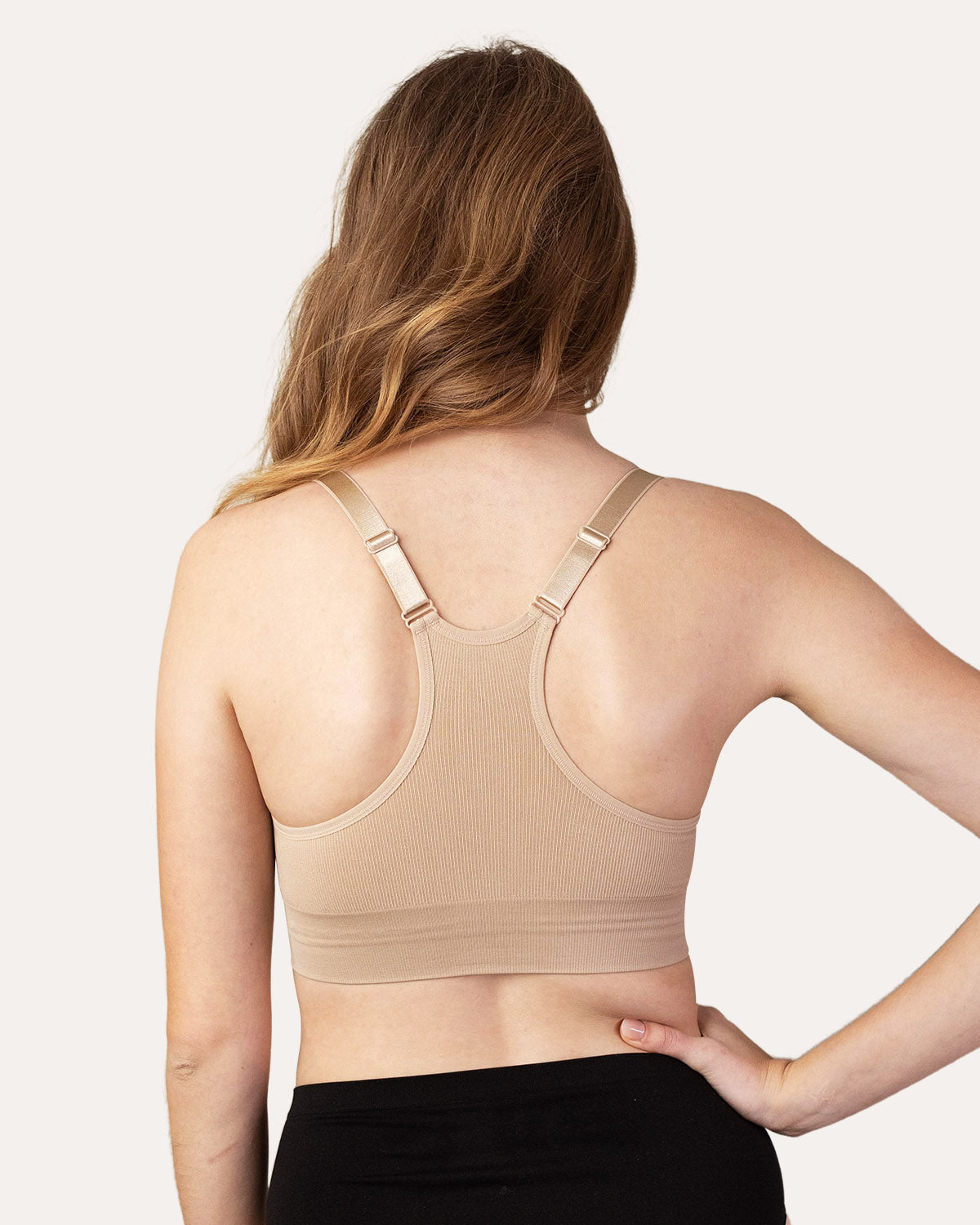If you're trying to lose weight or maintain a healthy lifestyle, you might be on a low-carb diet. This can be because you're trying to manage a health condition or because you're simply avoiding carbs to prevent nutrient deficiencies. Before you start a low-carb diet, it's important that you identify the appropriate food groups.

Fruit
Many people who are trying to lose weight as part of a low-carb diet avoid fruit due to its high sugar content. However, this shouldn't be a reason to avoid eating fruit. It can be very beneficial to maintain a healthy diet as it contains many nutrients and is low in calories. One of the best ways to maintain a healthy diet is by eating fruit, as it can contain many nutrients such as fiber, potassium, vitamins C and F, and minerals such as calcium and potassium. Some of the best low-carb fruits include berries, cherries, and some types of squash. However, if you add sugar to these fruits, you'll have to add more carbs to your diet.

Vegetables
One of the most important factors that people should consider when it comes to implementing a low-carb diet is the availability of non-starchy vegetables. These are low in fat, calories, and salt and provide a variety of healthy nutrients.
A diet rich in vegetables can lower the risk of various chronic diseases, such as heart disease and diabetes. The fiber found in these vegetables can help keep you feeling fuller longer and satisfy your sweet and crunchy cravings.
Most health experts agree that one should eat rainbow vegetables when planning low-carb snacks. This means choosing vegetables that are in various colors, such as purple eggplant, yellow tomatoes, or red peppers. Some non-starchy vegetables that are also important include cauliflower and broccoli.

Nuts and Seeds
If you're trying to lose weight and maintain a low-carb diet, nuts and seeds are a great source of healthy fats and protein. They can also help lower your appetite and prevent you from overeating. They're very easy to eat and are a great snack for those who are on the go.
The seeds and nuts can be very easy to overeat if you keep them in a bowl or plate. You can pack them in single-serving containers if you prefer, and avoid flavored nuts and nut mixes. These are not good for your health, as these often contain high levels of sodium and added sugars. Raw or plain nuts are ideal.

Dairy Snacks
Although dairy products can be challenging to eat during a low-carb diet, they are still a vital part of a healthy diet. They can help maintain healthy teeth and bones. In addition to providing calcium, dairy products can also help boost vitamin D and potassium intake.
Most dairy products and snacks are low in carbohydrates and sugar, the added ingredients can still have a significant impact on their nutritional profile. For instance, some yogurt products have high levels of carbohydrates due to the addition of fruit and sugar.

Protein Snacks
Myostatin snacks are great for keeping you satisfied while on a low-carb diet. They contain important nutrients such as amino acids, vitamins, minerals, and enzymes that help build muscle, cartilage, blood, and bones. You can also increase your protein intake by adding additional B vitamins such as thiamine, riboflavin, niacin, and vitamin E.
If you're on a low-carb diet, you might need to snack on protein foods because they're not easy to carry. However, if you're planning on having a meal at home, you can usually find a variety of protein-based snacks that are easy to prepare.
High-fat and calories processed meats such as salami, Bologna, and pepperoni are often considered as low-carb snacks. However, these can be very high in sodium and sugar. Other types of protein snacks such as chicken and beef jerky are also sometimes considered healthy.

Drinks
It's common for people to reach for a drink when they're hungry. Some beverages, such as sports drinks and juices, are very easy to carry around and fill up quickly, but they can also have high sugar and calorie content.
Having smart drinks can help boost your energy and keep you hydrated. One of the most important factors that people should consider when it comes to implementing a low-carb diet is hydration. Water is the most common choice, though other options are also available.
Before buying a drink, make sure that the ingredients are labeled properly. Many of the beverages you'll find on the market are made with ingredients that you wouldn't expect, such as fruit juice. Also, be aware that some flavored drinks have higher carbohydrates.

Pre-packaged Food
Although packaged food can be an option for low-carb snacks, it's not always a good idea. Many of these items include sweets, cookies, and other processed food products that can increase your carb intake.
Convenience stores are starting to carry raw vegetable snack packs, which are usually filled with low-carb dips such as peanut butter or hummus. Some of these bags also come with nuts or cheese.
Kale chips are another low-carb option. Although some brands are better than others, they only provide about 10 net carbs per serving. You can also find low-carb vegetable snacks such as those made with mushrooms, broccoli, carrots, and onions on store shelves.
If you're planning on having a low-carb snack, you might want to consider a snack bar. Although many of these are high in protein, they can also be very high in carbohydrates and fat. Before buying a snack bar, make sure that the nutrition label is clearly indicated.

Low-carb Snacks that are Both Delicious and Nutritious
Many people are attracted to low-carb diets due to their various health benefits. For instance, they can help people lose weight and improve their cholesterol levels.
Unfortunately, finding low-carb snacks can be challenging. There are many different types of food that are high in this nutrient, so you can prepare your own low-carb snacks that will satisfy your hunger.
Healthy fats, vegetables, and protein are great for low-carb diets as they can help people meet their goals while still providing them with essential nutrients. These low-carb snacks can be both nutritious and delicious.

Tapenade with Low-carb Crackers
For a total of 18 grams of carbs, combine 1 gram of olive tapenade with 1 tablespoon of almond flour cookies. This recipe is very simple to make and can be served with any type of food. It contains various components such as olive oil, garlic, and salt. Olives are also a great source of low-carb vitamin E.Make this recipe at home by combining garlic, olive oil, and chopped olives. It can also be paired with low-carb crackers or almond meal. The amount of carbohydrates that you consume will depend on the type of cookie that you use.

Trail Mix
A typical trail mix is high in carbohydrates, such as dried fruit, candies, and raisins. A low-carb version can be made by combining different seeds and nuts, as well as coconut oil.
A simple recipe for a trail mix can be made by combining 1/2 cup of nuts, 1/2 cup of dried fruit, and 1/2 cup of coconut oil. It can also be topped with chopped nuts and dried pumpkin seeds.

Cheddar Cheese Crisps
Sharp cheddar cheese has less than a gram of carbohydrates per serving, making it a low-carb snack that's ideal for any occasion. You can substitute homemade potato chips for this.
Prepare the small cubes of cheese by cutting them into pieces. Spray a baking sheet with non-stick cooking oil and bake them at 300 degrees Fahrenheit for about 30 minutes. You can also buy cheese chips at the store.

































Leave a comment
This site is protected by hCaptcha and the hCaptcha Privacy Policy and Terms of Service apply.